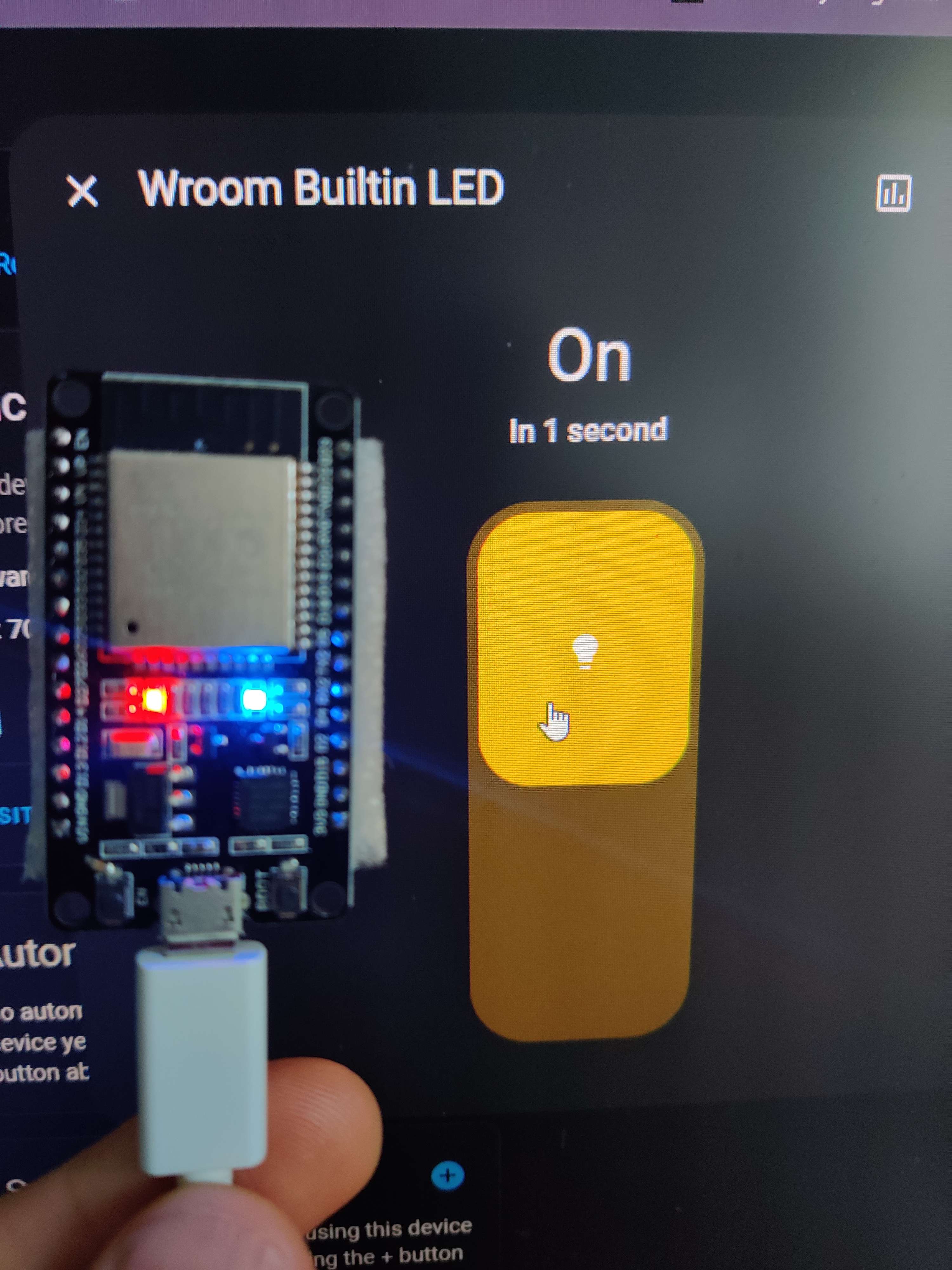Running a (micro)k8s cluster at home - part 2
I was supposed to write about the setup, but I got a bit sidetracked, so instead it’s going to be a post about my home automation endeavors.
Goal
I have an Ikea desk lamp with the switch on the cable, and always found it super annoying to turn off manually. I’ve decided to give myself an option to do so wirelessly.
While I could have simply bought a “smart passthrough socket”, I wanted to avoid vendor lock-in, as well as prototype a bit more of interesting software.
Home Assistant
The key component of the deployment is going to be Home Assistant - HA for short. Normally, it’s deployed on an RPi using the dedicated HA operating system, or in a VM. The standalone/container deployments are much less supported. Of course, I’ve decided to go the hard route and deploy it on nova.
I’ve used this chart, and only had to provide basic value setup:
persistence:
enabled: true
storageClass: longhorn
Longhorn auto-provisioned the storage for me and after adding a simple ingress it was up and running.
ESPHome
The second part of the equation was ESPHome, a (supposedly) better, more modern Tasmota alternative, for provisioning ESP devices as HA-compatible nodes. This was more of a bumpy ride. Normally, ESPHome is installed as a HA addon via a nice browser button. That option isn’t available, if you use HA in a container, though.
Thankfully, ESPHome is a completely standalone service, merely used to build and flash the nodes, and the provisioning is then done manually. So, I wrote a simple Deployment
containers:
- name: esphome
image: ghcr.io/esphome/esphome
imagePullPolicy: IfNotPresent
ports:
- containerPort: 80
name: http
volumeMounts:
- mountPath: "/cache"
name: cache
- mountPath: "/config"
name: config
...
And two PVCs for longhorn, and it started right off. My initial sizes were much too small, though - I recommend 5Gi for cache and 500Mi for config.
Unfortunately, the bumpy ride wasn’t yet over. Because I didn’t serve it over https (because I still don’t have full NAT hairpin and my letsencrypt
cert-manager fix was only for home.banachewicz.pl domain), i couldn’t use WebUSB to connect to my board directly. Instead, I used a helpful
hosted version to initially provision the node. At first I wanted to use my RISC-V C3 devkit, but that one failed in a bootloop, so I used another WROOM32 I had lying around. After the initial flash, the device connected to wifi, but I was still not seeing it in my
dashboard. I tried flashing it by building the image then uploading it from the device web iface, but that seemingly bricked it. Thankfully, the
ESPHome Discord server was super helpful in making me realize that a) I needed to enable a web server back:
web_server:
port: 80
And add the ip address of the device manually
wifi:
use_address: "..."
That second part was because I’m still not running HA’s mDNS service which gives every device a nice name. This still didn’t make it appear in the dashboard, but I was nevertheless able to build and flash the firmware directly from it anyway. Oh well. Apparently there’s a configuration option to switch the dashboard to ping scan instead.
Practical use
At last, I could add an output to my node:
light:
- platform: status_led
name: "Builtin LED"
pin: GPIO2
connect it to HA, and it immediately showed up as a usable device!

I call that a win. The main reason to use ESPHome is to integrate with a lot of stuff very quickly. There’s tons and tons of builtin libraries that turn proprietary interfaces into HA actions and sensors.
Remarks
While this was a mild success, I’ll now need to wire a power switch to my ESP board, bundle everything together, handle power etc etc. It would make sense to just… buy a ready made device that can do that, and a coworker mentioned Shelly to me. Apparently their devices work with HA out of the box, enabling power control, metering and much more - most importantly, both in the form factor of a passthrough socket (like for my lamp) and small devices you can put behind a classical electric switch. I’ll likely be ordering a couple of those for a test run.